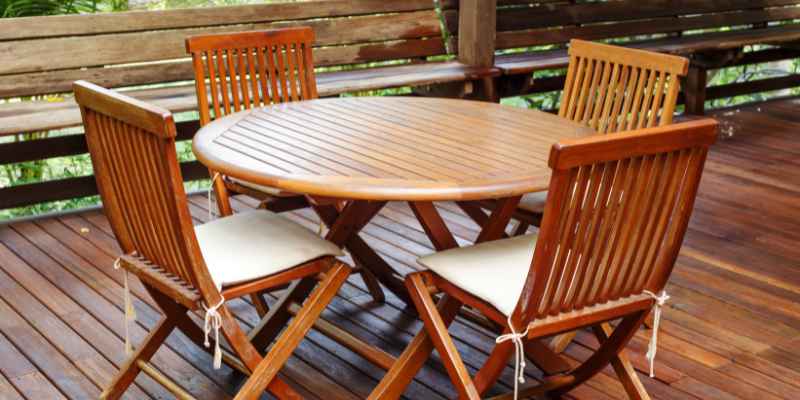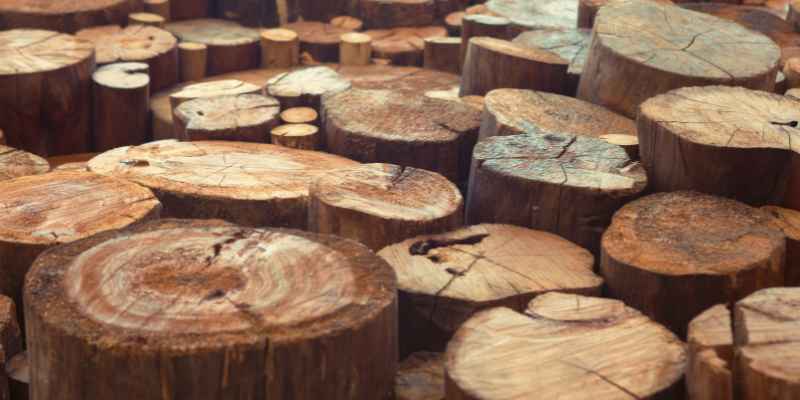Teak wood is a highly sought-after and valuable type of wood known for its durability, strength, and beautiful aesthetics. Whether you are planning to buy teak furniture, flooring, or want to identify teak in its raw form, it is important to know how to identify genuine teak wood to ensure you are getting the real deal. In this article, we will guide you through some key features to look for when identifying teak wood.
1. Wood Appearance
The first step in identifying teak wood is to examine its appearance. Teak wood has a distinct golden or dark brown color, which may darken with age or when exposed to sunlight. It often features darker streaks or patches that add character to the wood. The wood has a straight grain and a smooth texture, giving it a polished and refined look.

2. Weight and Density
Teak wood is known for its density and heaviness. It is one of the densest hardwoods available, and as a result, it has a significant weight to it. When comparing different types of wood, teak will feel heavier and more substantial in your hands. Its density also contributes to its durability and resistance to termites and other pests.
3. Oily Feel
One distinctive characteristic of teak wood is its natural oil content. When you touch a genuine teak wood surface, you may feel a slightly oily or greasy texture. This is due to the presence of natural oils within the wood, which contribute to its weather-resistant properties. In fact, these oils make teak wood highly resistant to moisture, rot, and decay.
4. Smell
An authentic teak wood piece tends to have a unique aroma, often described as a combination of leather and honey. When you get close to a teak wood item, take a deep breath and try to detect this distinct scent. However, note that the smell may vary depending on the age and condition of the wood.
5. Resistance to Moisture
Teak wood is highly resistant to moisture and is therefore commonly used for outdoor furniture and marine applications. When exposed to water, genuine teak wood does not warp, crack, or rot easily. To test the wood’s moisture resistance, you can sprinkle a few drops of water onto the surface. If the water beads up rather than quickly absorbing into the wood, it is likely teak.
6. Source and Documentation
Checking the source and documentation of the wood can provide further assurance about its authenticity. Genuine teak wood typically comes from the Tectona grandis tree, which is widely distributed in Southeast Asia, particularly in India, Myanmar, and Thailand. Additionally, reputable sellers and manufacturers should be able to provide documentation to support the origin and authenticity of the teak wood.

Conclusion
Identifying teak wood may require a combination of visual examination, touch, and understanding its characteristics. By paying attention to the wood’s appearance, weight, oily feel, smell, moisture resistance, and source, you can become more proficient in identifying teak wood with confidence. Whether you are a wood enthusiast or a buyer, knowing how to identify genuine teak wood will ensure that you are investing in a high-quality and long-lasting material.


